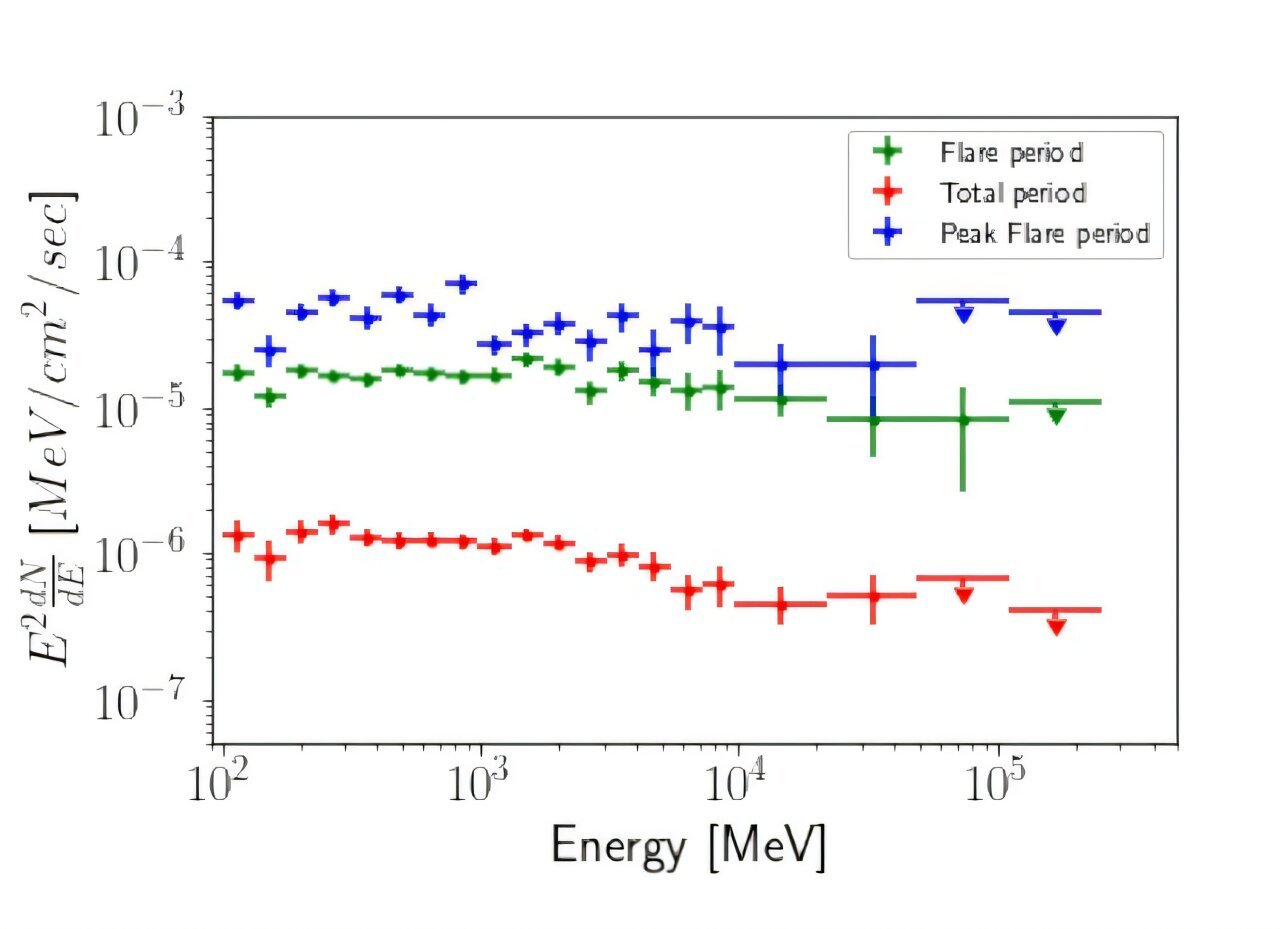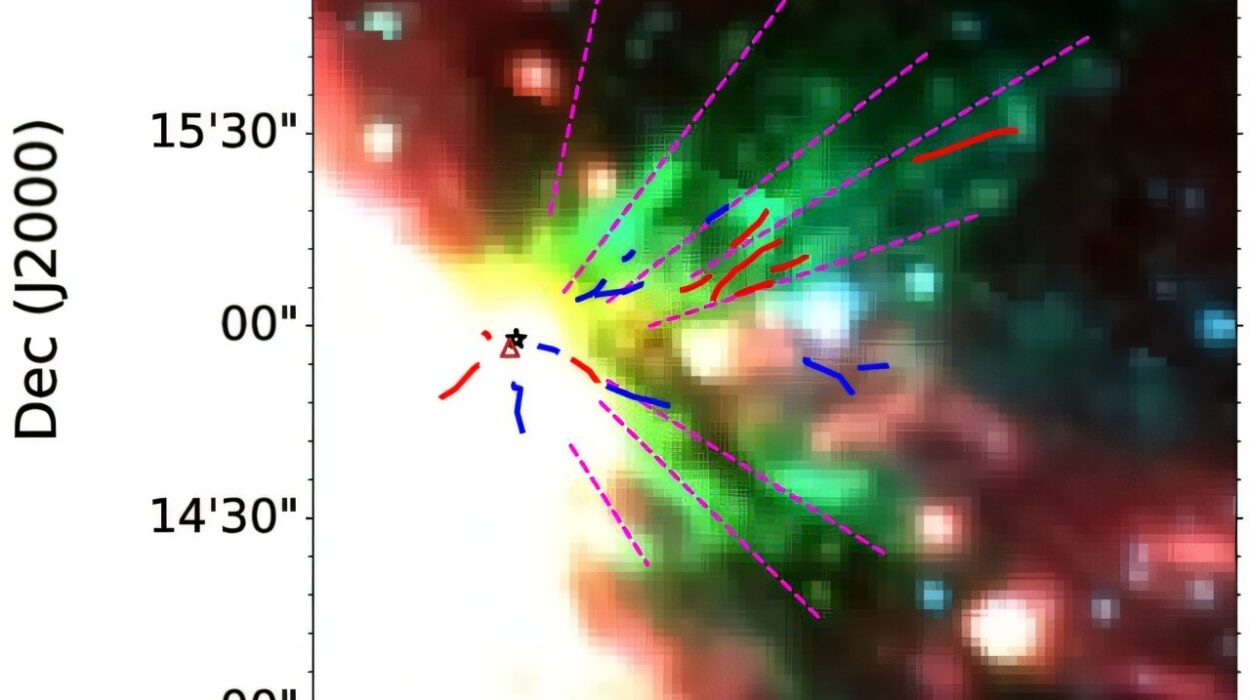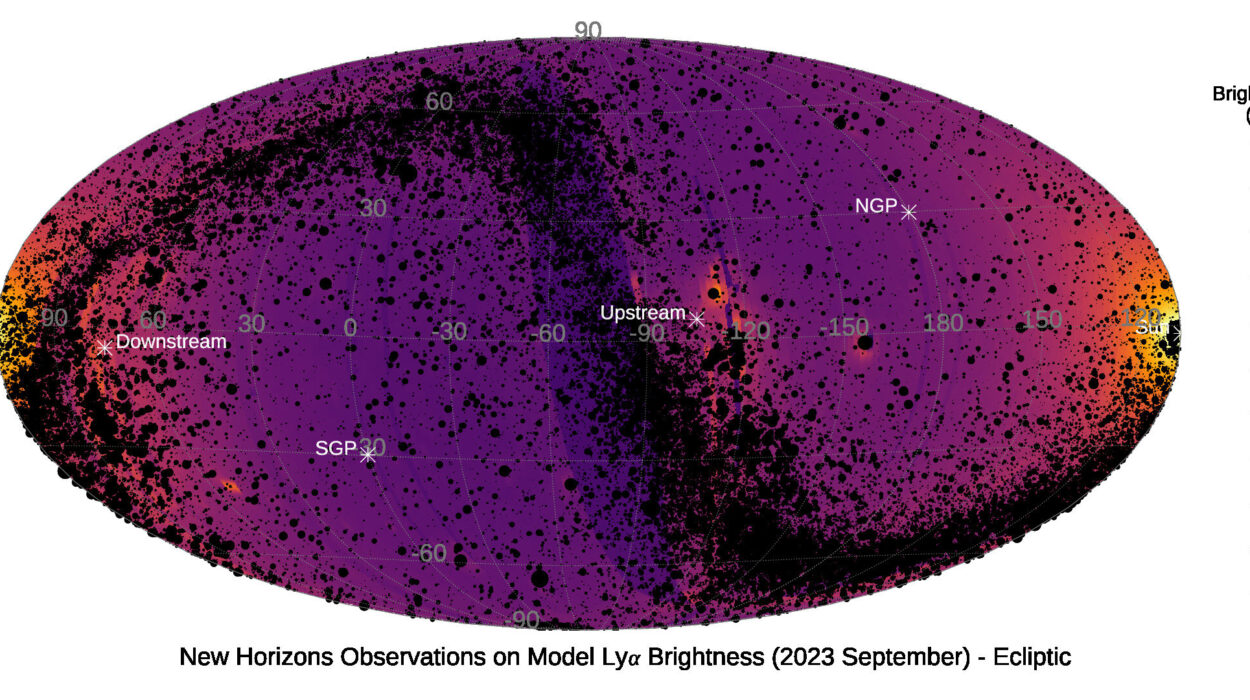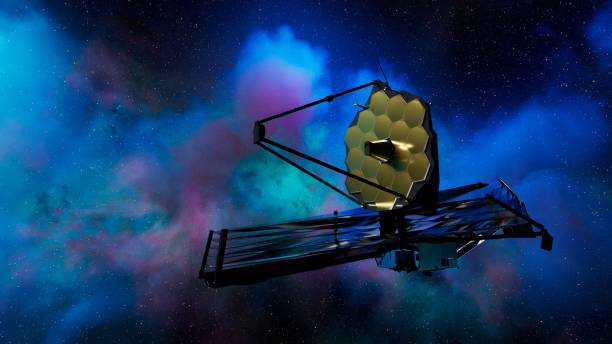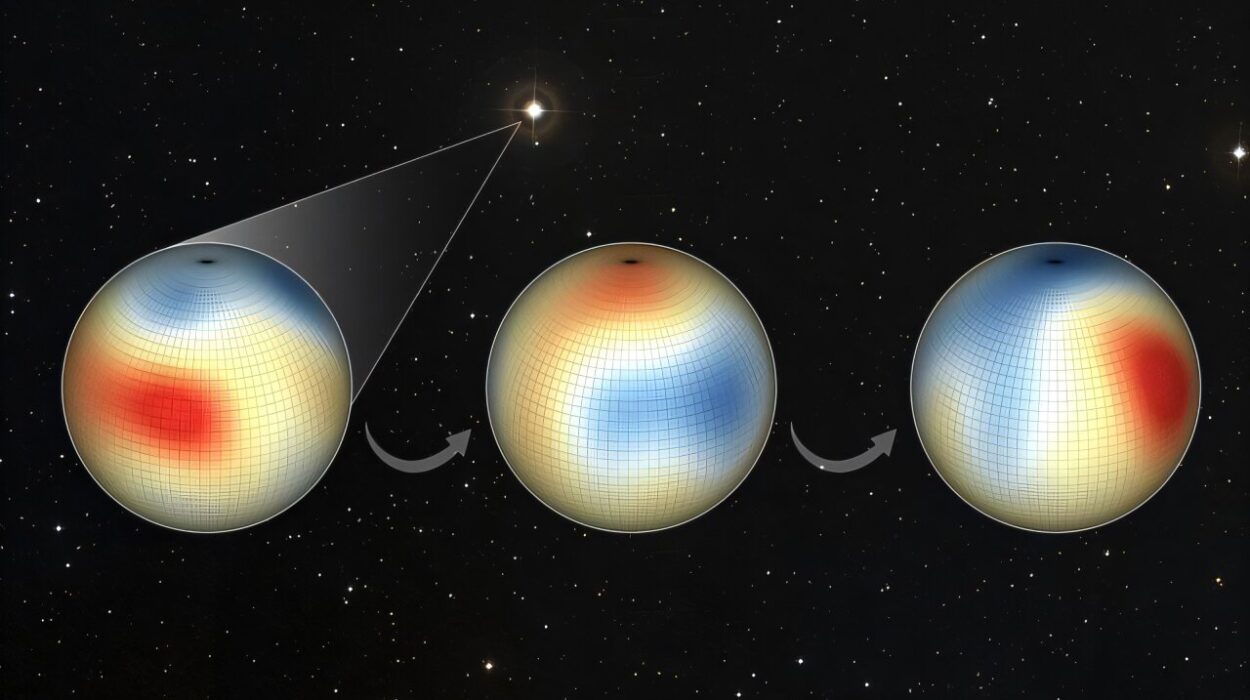In an exciting discovery for astronomers and astrophysicists, Italian researchers, using NASA’s Fermi Space Telescope, have reported detecting a significant increase in gamma-ray activity from an extragalactic radio source known as 3C 216. This detection is of particular significance as it includes a strong outburst of gamma rays, indicating a potential for deeper insights into the behavior of compact steep spectrum (CSS) objects in the universe.
3C 216, a prominent radio galaxy, resides at a redshift of around 0.67, which places it roughly 2.9 billion light-years away from Earth. It has an impressive linear size, estimated at 182,500 light-years. Its steep radio spectrum and relatively compact morphology make it a textbook example of a compact steep spectrum object. These kinds of galaxies exhibit distinct characteristics in their radio emission, often revealing a high-energy and compact nature, with the observed high-energy outbursts becoming focal points of study.
The unique nature of 3C 216 has been the subject of significant observation over the years. Past studies have indicated that it is a radio galaxy with a central component surrounded by a more extended structure, featuring a relativistic inner jet. Furthermore, it has been linked with the gamma-ray source cataloged as 4FGL J0910.0+4257, cementing its importance for understanding the energetic processes at play.
The most recent findings, published in a paper on the arXiv preprint server, highlight a new chapter in the investigation of this powerful radio galaxy. Starting in late 2022, an increase in gamma-ray activity was detected by Fermi’s Large Area Telescope (LAT). A team led by Federica Giacchino from the National Institute for Nuclear Physics in Rome has analyzed data from these observations, reporting dramatic developments in gamma-ray emission patterns.
The high-energy outbursts were especially significant on two occasions: December 8, 2022, and May 1, 2023. According to the report, the first strong gamma-ray flare of 3C 216 occurred on May 1, 2023. During this event, the daily-averaged gamma-ray flux increased by an astonishing factor of 177 compared to the average flux. This surge marked the highest daily gamma-ray flux ever recorded for this source by Fermi and was coupled with a steep decrease in the photon index from the previous average of 2.57 to a sharper value of 2.11. This sharp rise in activity coupled with the harder photon index indicates that this outburst was not just a variation in intensity but also a significant shift in the nature of the gamma-ray emissions.
What makes this discovery even more compelling is the synchronization of the gamma-ray outburst with flaring in other wavelengths, namely optical, ultraviolet, and X-ray bands. Between May 1 and 9, 2023, astronomers observed simultaneous flares across multiple bands, offering the first concrete proof of the association of the gamma-ray source with 3C 216. The researchers noted that the spectral energy distribution of the multi-wavelength flaring activity evolved coherently, suggesting that all the observed emissions originated from a common source. This confirmed the multi-band nature of the outburst and helped to solidify theories about the physics underlying such complex phenomena.
The team’s findings point toward synchrotron self-Compton (SSC) radiation as the likely mechanism behind the observed outburst. SSC radiation occurs when high-energy electrons, accelerated to relativistic speeds, interact with magnetic fields in the radio galaxy’s jet, emitting high-energy radiation in the form of gamma-rays. The outburst in 3C 216 appears to align with a scenario where a significant acceleration of charged particles takes place in the galaxy’s jet. As these particles cool down, radiative losses due to synchrotron emission and Compton scattering processes result in intense gamma-ray emission. This type of flaring event is typical of many active galactic nuclei (AGN) where powerful jets emanate from supermassive black holes, spewing high-energy particles and electromagnetic radiation into surrounding space.
The study conclusively supports the theory that the SSC process can explain the production of gamma-ray outbursts in sources like 3C 216. The results not only enhance the understanding of the physical processes in the jet of a CSS galaxy but also offer valuable data on how particles are accelerated and how the energy is radiated in different wavelength bands.
Given the connection between the gamma-ray bursts observed and the multiwavelength flares, the ongoing monitoring of 3C 216 by Fermi’s LAT represents a valuable avenue for exploring the deeper mechanisms of jet emission and particle acceleration in extragalactic sources. The rapid flux variations and shifts in the photon index during flaring activity underline the dynamic nature of such phenomena and the intricate processes that drive them.
Beyond advancing our understanding of a single radio galaxy, this discovery has broader implications for the study of Active Galactic Nuclei (AGN) as a whole. AGNs, which house supermassive black holes at their cores, are some of the most energetic and mysterious objects in the universe. By observing the activity of 3C 216 and other similar sources, astronomers can gain key insights into the physics of black hole jets, the high-energy interactions of particles in extreme magnetic fields, and the nature of cosmic radiation.
This observation also underscores the pivotal role that advanced space telescopes like Fermi play in probing the high-energy universe. Since its launch in 2008, the Fermi Space Telescope has revolutionized the study of gamma rays and provided countless valuable datasets. The telescope’s large area telescope (LAT) is particularly adept at tracking high-energy gamma-ray sources, which are often the brightest and most dynamic objects in the cosmos. Its ability to detect subtle changes in gamma-ray emissions, such as the massive outburst recorded from 3C 216, continues to deepen humanity’s understanding of cosmic phenomena at extreme energies.
Reference: Federica Giacchino et al, Fermi-LAT Discovery of a Gamma-ray Outburst from the Peculiar Compact Steep Spectrum Radiogalaxy 3C 216, arXiv (2025). DOI: 10.48550/arxiv.2501.00582
